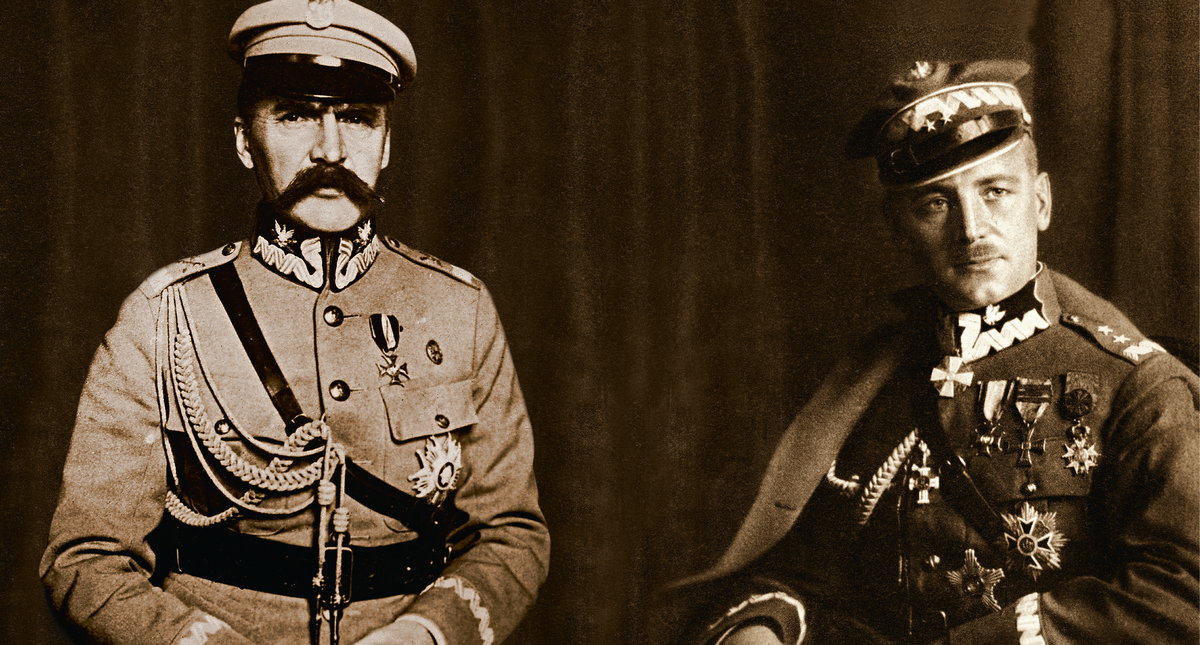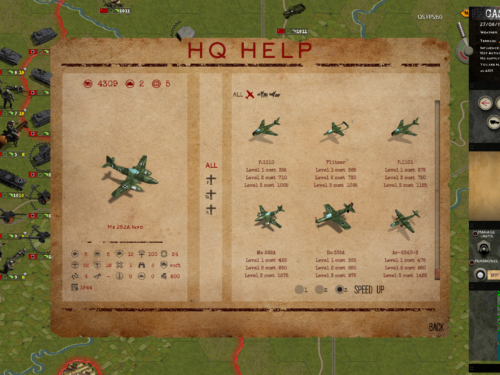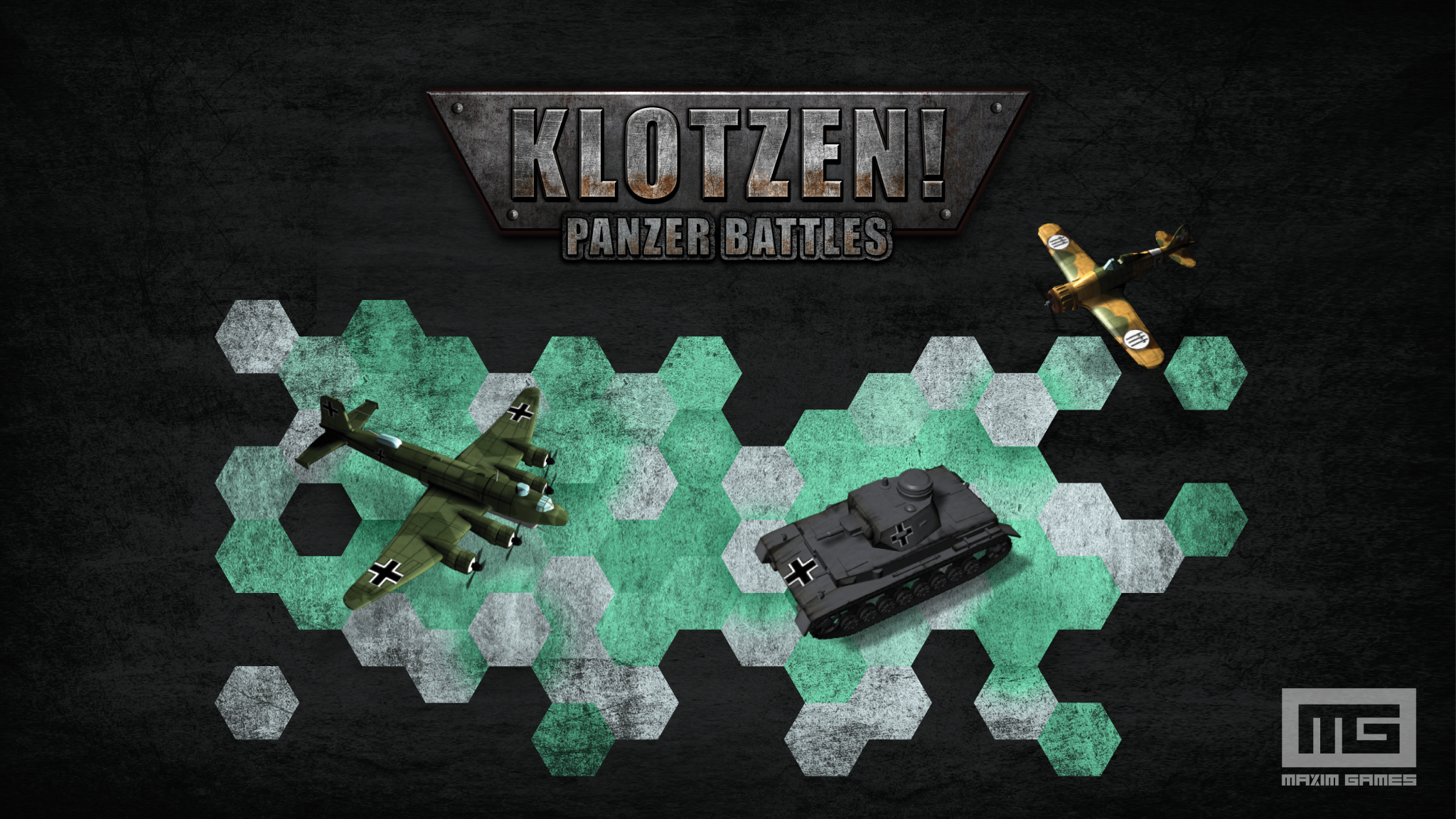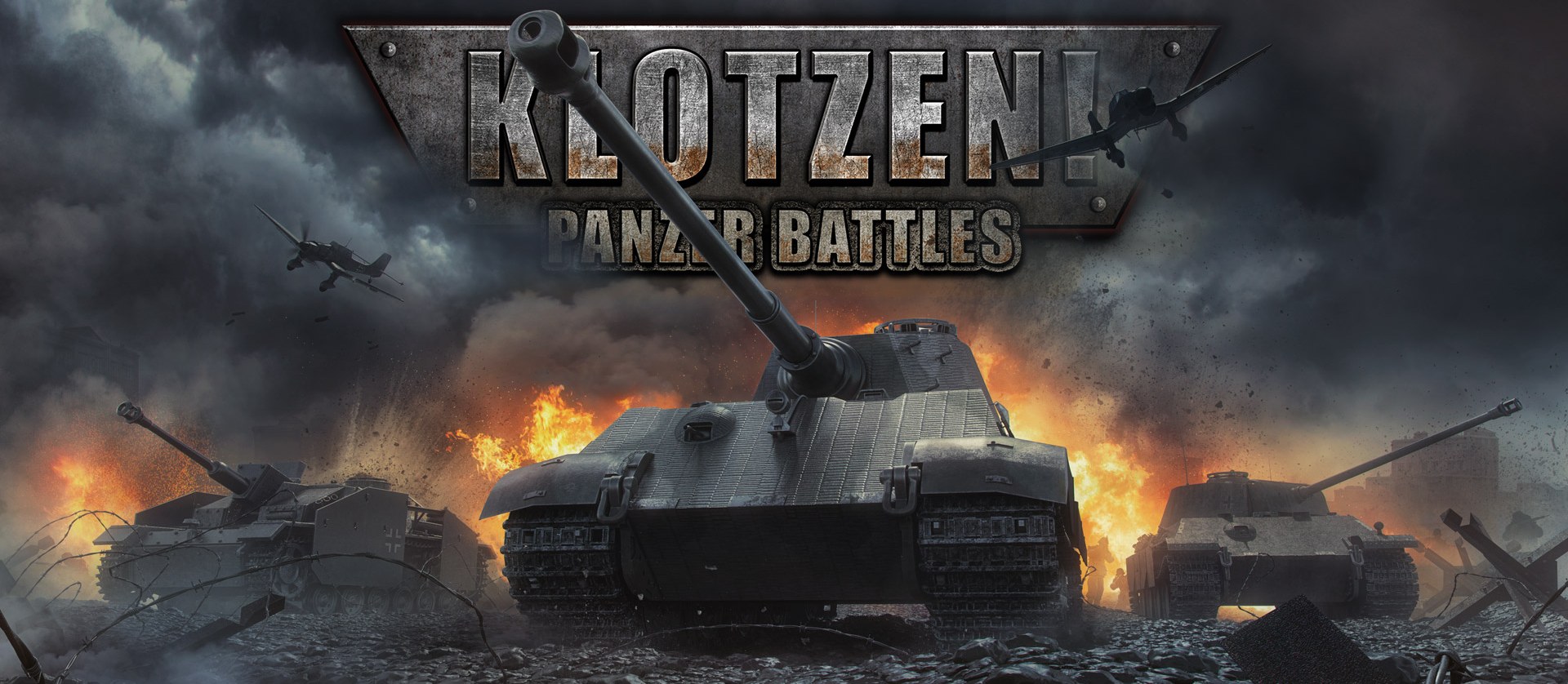Welcome to the seventh edition of our Blog. In the previous chapter, we talked about Benito Mussolini an Italy before the start of the WWII. Today we take a look at Wladyslaw Sikorski and Poland.
Wladyslaw Sikorski and Poland
Wladyslaw Sikorski was a serviceman and an undemocratically elected Prime Minister, as Poland was already occupied at that time. He was a Polish patriot and fought for Polish interests during the war. He was a true democrat and was associated with groups that opposed the authoritarian rule of Jozef Pilsudski. In foreign policy, he was inclined to connect Poland with the USSR rather than Germany, but his views were shaken after details of the Katyn massacre were discovered. The post-war fate of Poland and his tragic death were obstacles that kept him from fulfilling his full potential as a politician and leader.
Sikorski was in power when his country was occupied and the government in exile was scarce. However, Sikorski proved to be an energetic advocate of Polish national interests and a quality commander of those Poles who had fought on the side of the Allies while in exile.
Poland is one of the countries that emerged from the ashes of the First World War. Before the First World War, the Polish territory was divided between three powerful empires: the German, Russian and Austro-Hungarian. The defeat of all these empires in the war made it possible to create a Polish national state. Poles fought on the side of the Entente, led by Jozef Pilsudski, who was the commander of the Polish Legion. After it gained its independence, Pilsudski became the Chief of State (a combination of both presidential and prime minister duties) due to his long struggle for the Polish independence, as well as his duties of commander during the war. Immediately after its creation, Poland was pushed into the war because of the attack by the Soviet Union whose aim was to spread communism in Europe under the pretense of a “world revolution”.
“The Miracle on the Vistula” followed, i.e. the decisive victory of the Poles over the Soviet Union although the Soviets were better equipped and had more soldiers. This stopped the breakthrough of communism to the West and the young Polish country gained an international reputation as a shield against the communist East. In 1922, Pilsudski resigned from his leadership positions only to perform a coup in 1925 with which he regained his position of power in Poland, but with greater authorities. The twenties were marked by a period of moderate economic growth and political stability, but the situation was soon complicated by Hitler`s rise to power in Germany.
In the meantime, the Baltic port of Danzig became Poland`s most important export port and it was crucial for Poland”s economy. Danzig also became the symbol of the German territorial expansion. Under the banner “Danzig ist Deutsch”, Germany made its intentions clear towards Poland. The situation started to get complicated in 1935 when Jozef Pilsudski died, as he was a guarantee of relative stability, despite his authoritarian rule. Poland had great difficulty in replacing Pilsudski’s leadership which further deepened the political crisis.
The lightning German attack on September 1st, 1939 occurred when Poland was in the midst of a political crisis and without quality leadership. The army, which was outnumbered and technologically and tactically inferior, was defeated in a few weeks. A sudden attack from the East carried out by the Red Army only a few weeks after the German attack, destroyed any chance of a successful defense against Germany. Poland was divided between Germany and the USSR, and its government fled to London along with a smaller part of the army. In exile, Wladyslaw Sikorski, also a serviceman like Pilsudski, became the head of government.
Sikorski had vigorously promoted the Polish interests but had also actively participated in the war. Polish volunteer troops fought on multiple fronts, from Norway to the Middle East. Perhaps the most important was the Polish pilots who played a key role in the air Battle of Britain. Sikorski only ruled for a few years, since he was killed in a plane crash near Gibraltar, on 4th July 1943. The next Polish government was a marionette set up by the Soviet Union during its advance into Germany. Poland had to wait for the end of the Cold War to regain its long-awaited independence.
Industry and Army Development
Polish legions actively participated in the First World War on the side of the Entente, but soldiers from Poland enlisted in the armies of the countries that divided Poland: Germany, Russia, and Austria-Hungary. Thus, Poland had the experience and manpower to create a powerful army. However, Poland had been a relatively undeveloped country that had no time to develop its industrial and military capabilities. The development of armored vehicles and aircrafts started and part of them were found in active service, and yet it was not enough in order to create an army that could withstand the force of the German Wehrmacht.
Poland is geographically flat and therefore suitable for mobile warfare, ideal for the German Blitzkrieg doctrine. The Attack of the USSR from the East, only a few weeks later, marked the fate of Poland which was divided between Germany and the USSR in September 1939.
This is it for our Blog today. Tell us what you think about the topic and if you have any suggestions or want to discuss them, you are more than welcomed to do so in the comments below, on our forum, and on Steam Community Hub. Until next time!




Recent Comments